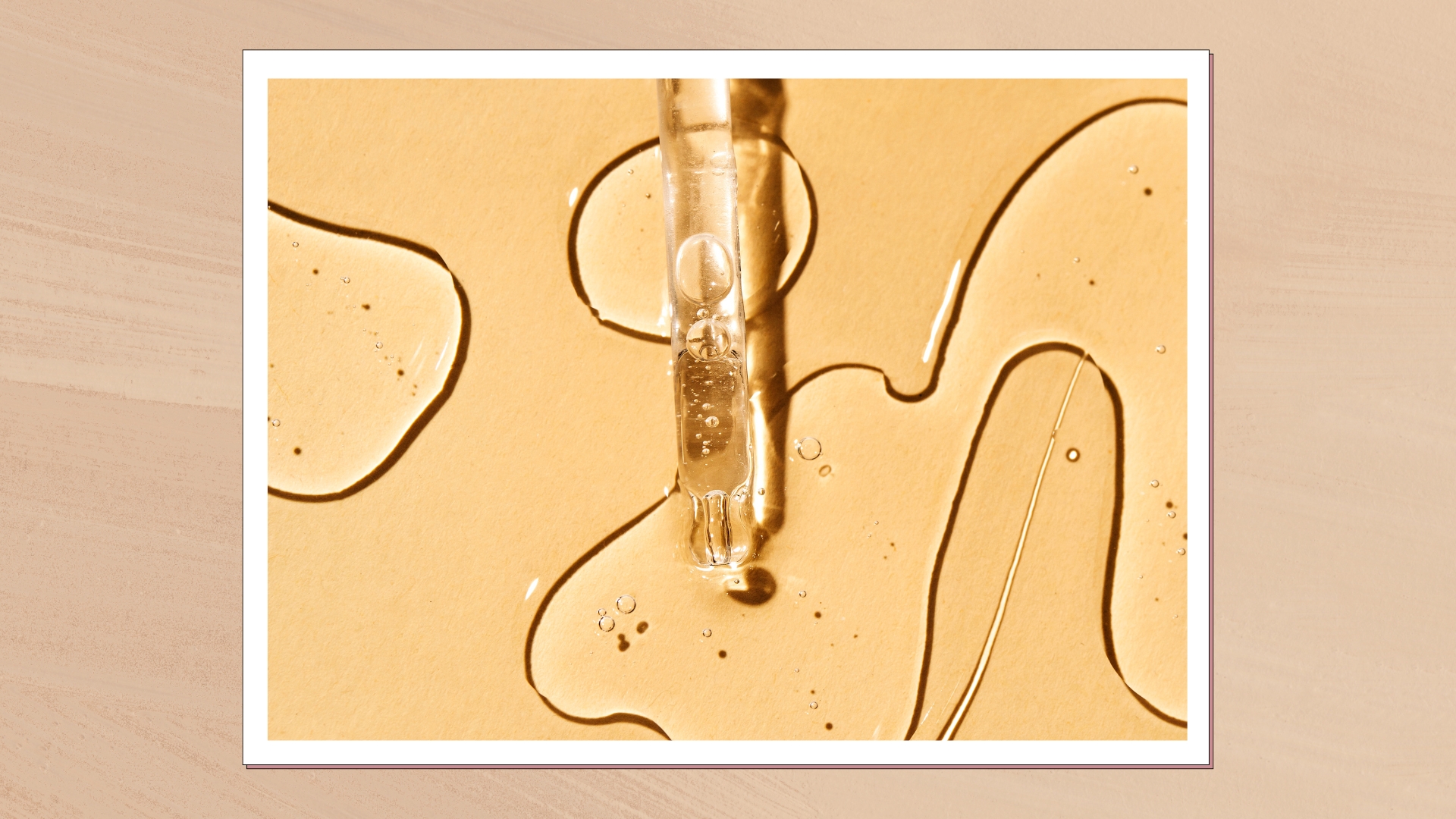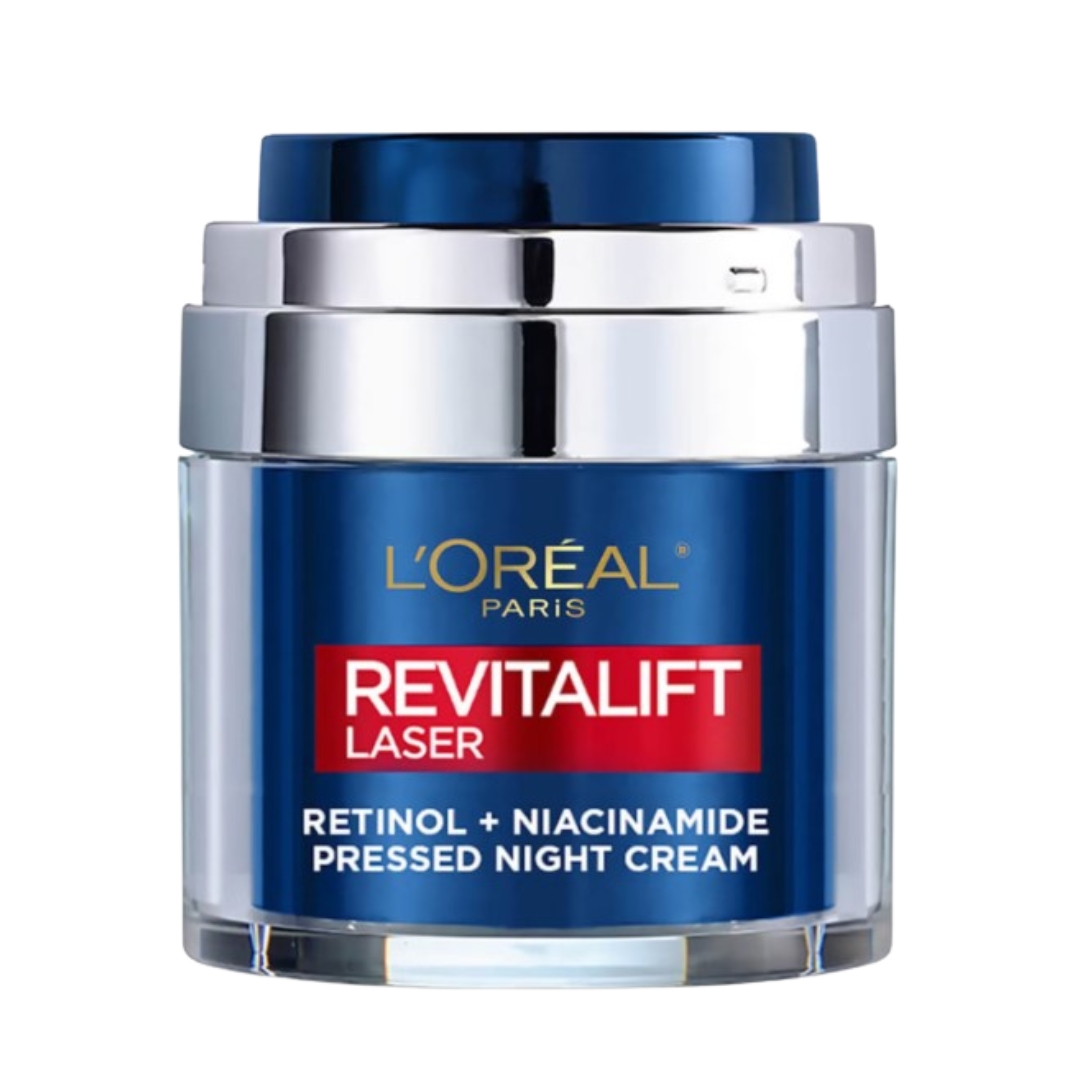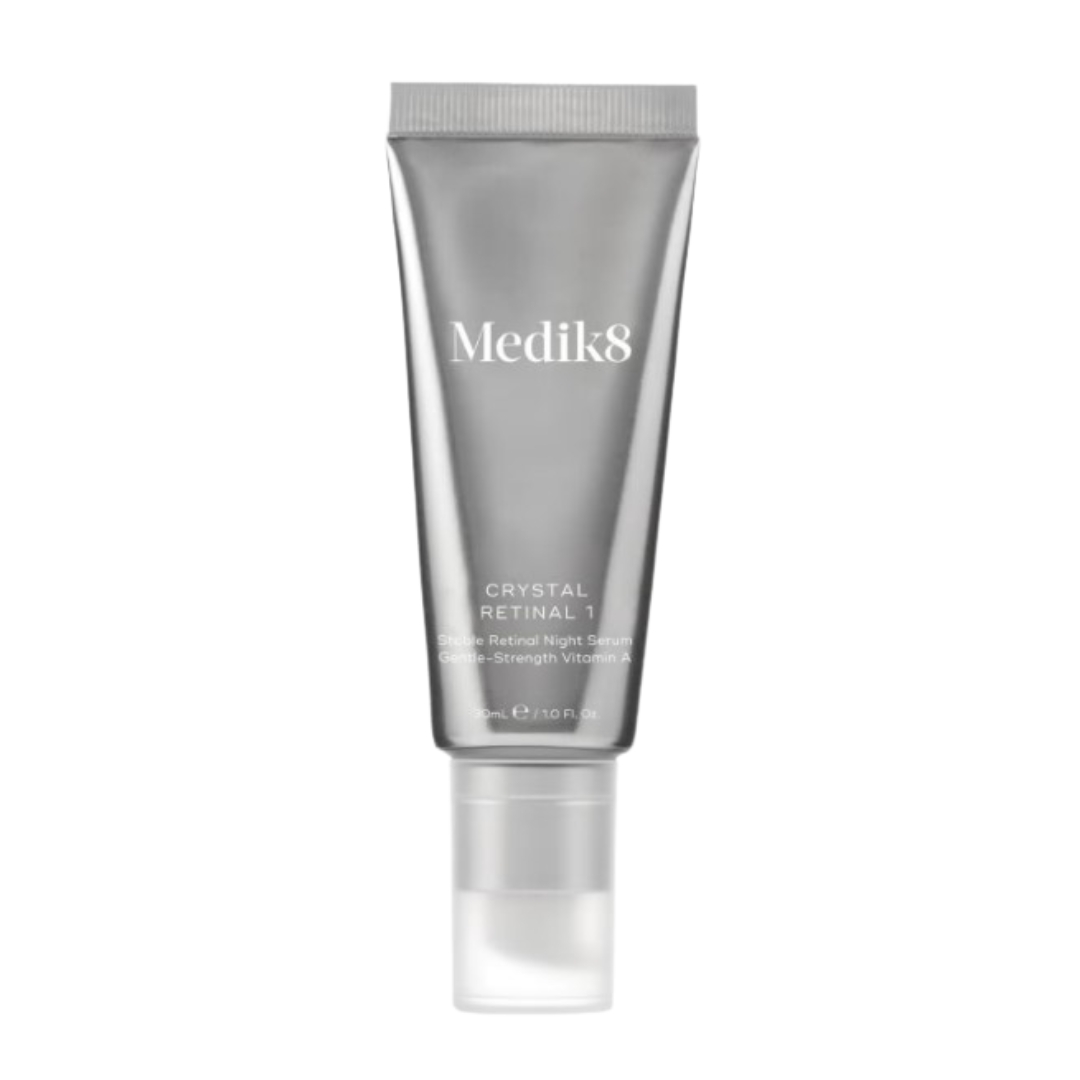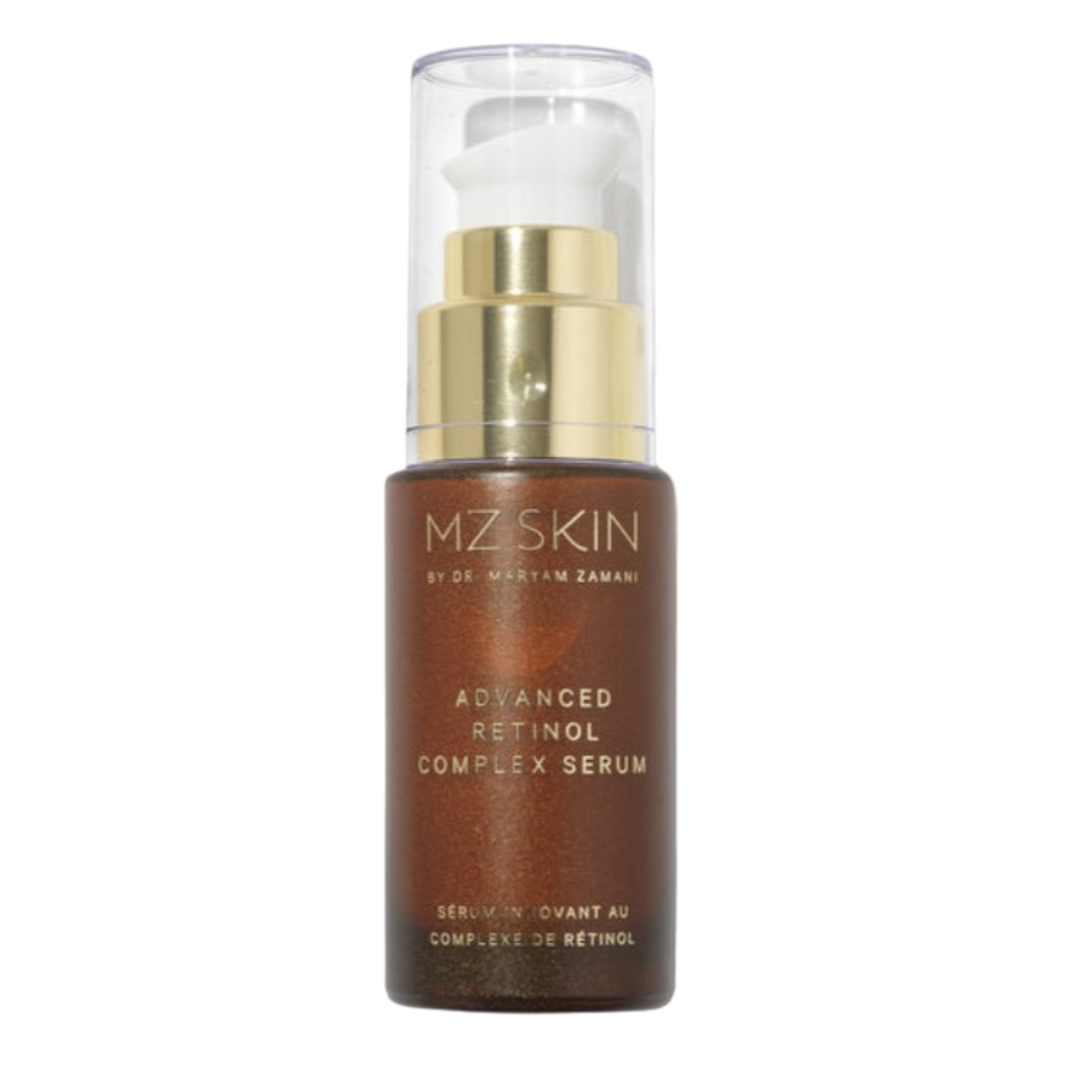
Retinol is touted for its brightening and anti-ageing powers but with its benefits also come several risks, the likes of which can be exacerbated with these common, application-related retinol mistakes...
When it comes to building a skincare routine, using ingredients that target your skin's needs is paramount to seeing results but alas, where potent ingredients and actives are concerned - particularly the best retinol creams and serums - it's not as easy as just slapping them onto your face and calling it a day. In fact, with improper use, retinol can cause irritation and skin sensitivity so knowing how and when to use it is key to achieving healthy and glowing skin.
And to help us avoid the many application pitfalls associated with the powerhouse ingredients, we've asked three experts to share the common retinol-related mistakes to avoid...
5 retinol mistakes you might be making
Retinoids, as Dr Maryam Zamani, Founder of MZ SKIN and leading Oculoplastic Surgeon explains, "is an umbrella term for the entire family of vitamin A derivatives, which includes both prescription and over-the-counter products. Retinol is probably the most famous one in this group of active 'skin-improving' ingredients."
It is proven to support cell turnover and stimulate collagen production, whilst also reducing oiliness and evening the complexion - making it something of a holy grail staple for many. That being said though, it's not without its drawbacks and challenges. So, if you're not seeing the results you were hoping for or are just beginning your retinol journey, these are the common application missteps to avoid...
1. Using too high of a concentration
Concentration is very important where retinol is concerned and a common mistake many make is starting with too strong of a formula. As Advanced Facialist, Mariam Abbas explains: "The higher the strength, the more the risk of skin reactions and irritation. It is important to start with a lower strength, encapsulated retinol and let the skin get used to the product before using higher strengths."
Additionally, Dr Zamani notes that using too much retinol can lead to, "irritation, redness, dryness, and peeling" and says, if you have sensitive skin especially: "You might want to work on your skin barrier by starting with a low concentration of Retinol first," before gradually increasing frequency as tolerated.
If you're new to retinol, Abbas says to: "Start with a gentle formulation, a low percentage if using a prescription retinol or an encapsulated formulation of vitamin A - many of these feature key supporting ingredients such as peptides and antioxidants."
2. You're using it too often
Similarly to using high-concentrations of retinol too soon, using retinol too frequently can also lead to irritation and skin peeling.
As Abbas explains it "is important to start using retinol slowly," and to, "build up the frequency of use very slowly – start with 2 nights a week and slowly increase the frequency of use over 3-4 weeks to using every night or every alternate night."
3. Giving up too quickly
Like most skincare ingredients, your skin takes time to adapt to retinol but because of its pore unclogging and cell turnover powers, it can cause what's known as the "retinol scaries" - which is effectively when the skin purges in response.
As Dr Catriona Maybury, Dermatica's Medical Director notes: "It’s really common to experience some mild side effects from retinoids – like peeling or sensitivity," but as Abbas then explains, a common mistake some make is, "stopping retinol application altogether if the skin becomes irritated and believing retinol doesn’t suit you."
Abbas adds, "The skin can take its time to get used to the active. If your skin is reacting you need to take a break and go back to the product, perhaps go slowly, or layer it with a product or even mix it with a moisturiser to give the skin some time to get used to it."
That being said though if irritation does persist or you're unsure if the ingredient is benefiting you, discontinue use and consult a dermatologist or skincare specialist.
4. Not following with a moisturiser
As mentioned, retinol can be a bit daunting and in some cases, harsh on the skin, which is why it's crucial to chase the application with moisturiser.
Dr Zamani says that once you've applied retinol, "it is key to apply a moisturiser after to help replenish the skin’s moisturiser barrier, this will help prevent any risk of irritation."
If you have sensitive skin, Abbas also notes that you can "layer the retinol with a moisturiser underneath to prevent irritation and reactions." You should also always follow retinol with one of the best sunscreens for your face.
If you're a lover of the best hyaluronic acid serums but are wondering about the compatibility of hyaluronic acid vs retinol, you can use the ingredients in tandem, with many experts saying using HA before or after retinol can help to ease the side effects and keep your skin hydrated.
5. Not applying at night & skipping SPF
Because retinol can increase your skin's sensitivity to UV rays, Dr Zamani says it's "essential to apply sunscreen daily," and suggests a SPF30 or above.
The experts also say to include retinol products in your nighttime routine: "I always recommend applying at night time, before bed," says Dr Maybury, adding that, "the following morning it’s important to cleanse again – before applying your moisturiser and sunscreen."
How to apply retinol correctly

RRP: £29.99
Ranked number one woman&home's best retinol product list, this night cream is formulated with both retinol and niacinamide to target the signs of ageing - by smoothing fine lines and evening skin tone.

RRP: £45
This overnight serum is formulated with 0.01% stabilised retinal - a powerful derivative of vitamin A - to visibly minimise fine lines and wrinkles and plump the skin. It also features hyaluronic acid, glycerin and vitamin E to hydrate and leave your skin looking more radiant and youthful.

RRP: £110
This triple-action retinol serum features a 3% retinoid complex, along with 5% bakuchiol and vitamin E, to target dark spots and excess oil, whilst minimising the appearance of wrinkles and the skin's overall texture - for a firmer and more radiant complexion.
- Start slowly and build up, apply at night and always follow with moisturiser and SPF
So, now we know what not to do - how should we be applying retinol?
Dr Maybury recommends applying retinol at night and once you've cleansed your skin: "Apply your moisturiser in a thin layer to the face and neck before applying your retinoid or retinol. After a minute or two, add another layer of moisturiser on top. This 'moisture sandwich method' doesn’t affect the potency of your retinoid or retinol, and has been shown to help alleviate side effects like dry or flaky skin."
Abbas reminds us to begin slowly, with a low and gentle concentration, applying two nights a week before gradually building up.
If you have a skin condition or very sensitive skin though, it's recommended that you avoid retinol. Abbas also stresses that "Retinol shouldn’t be used by pregnant women."







